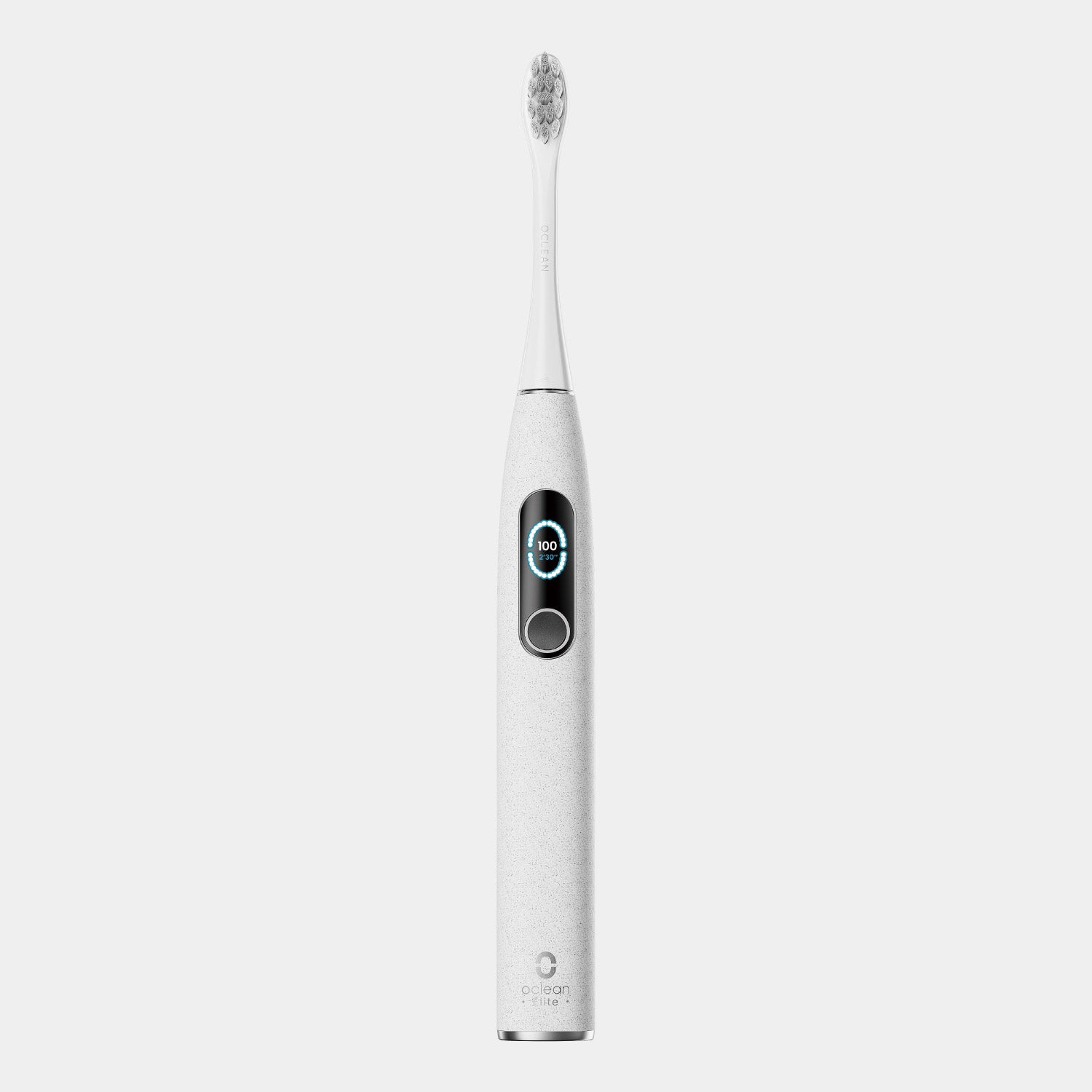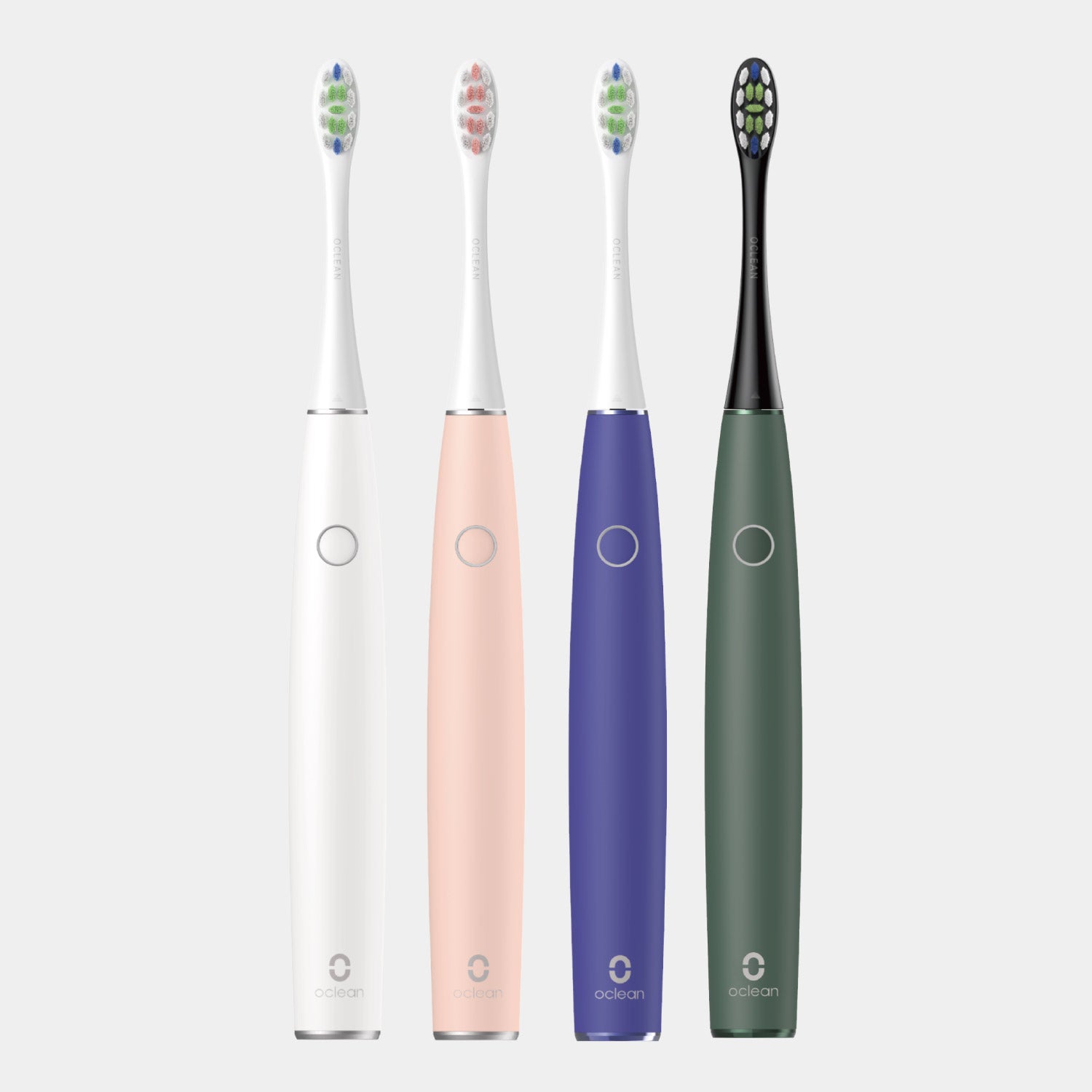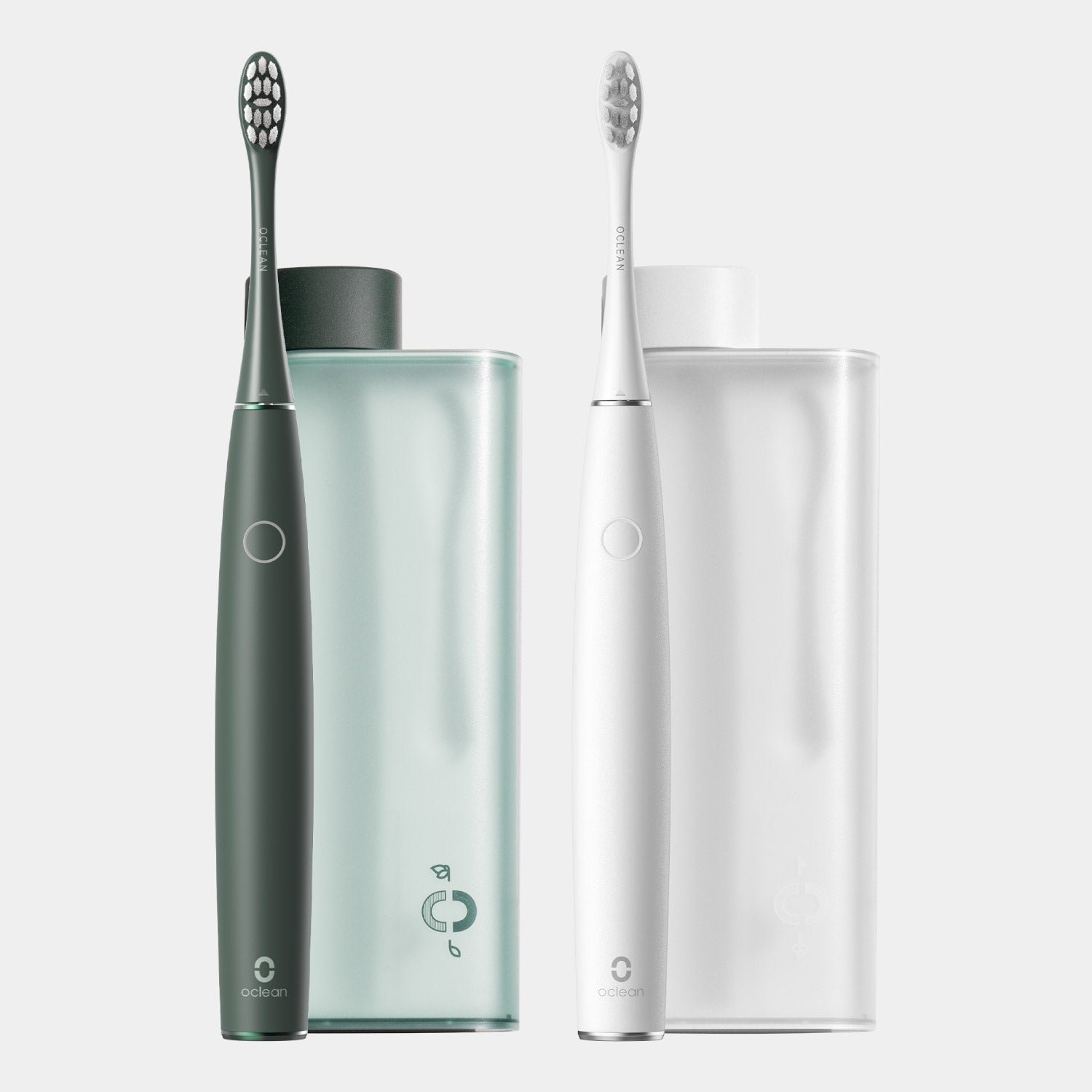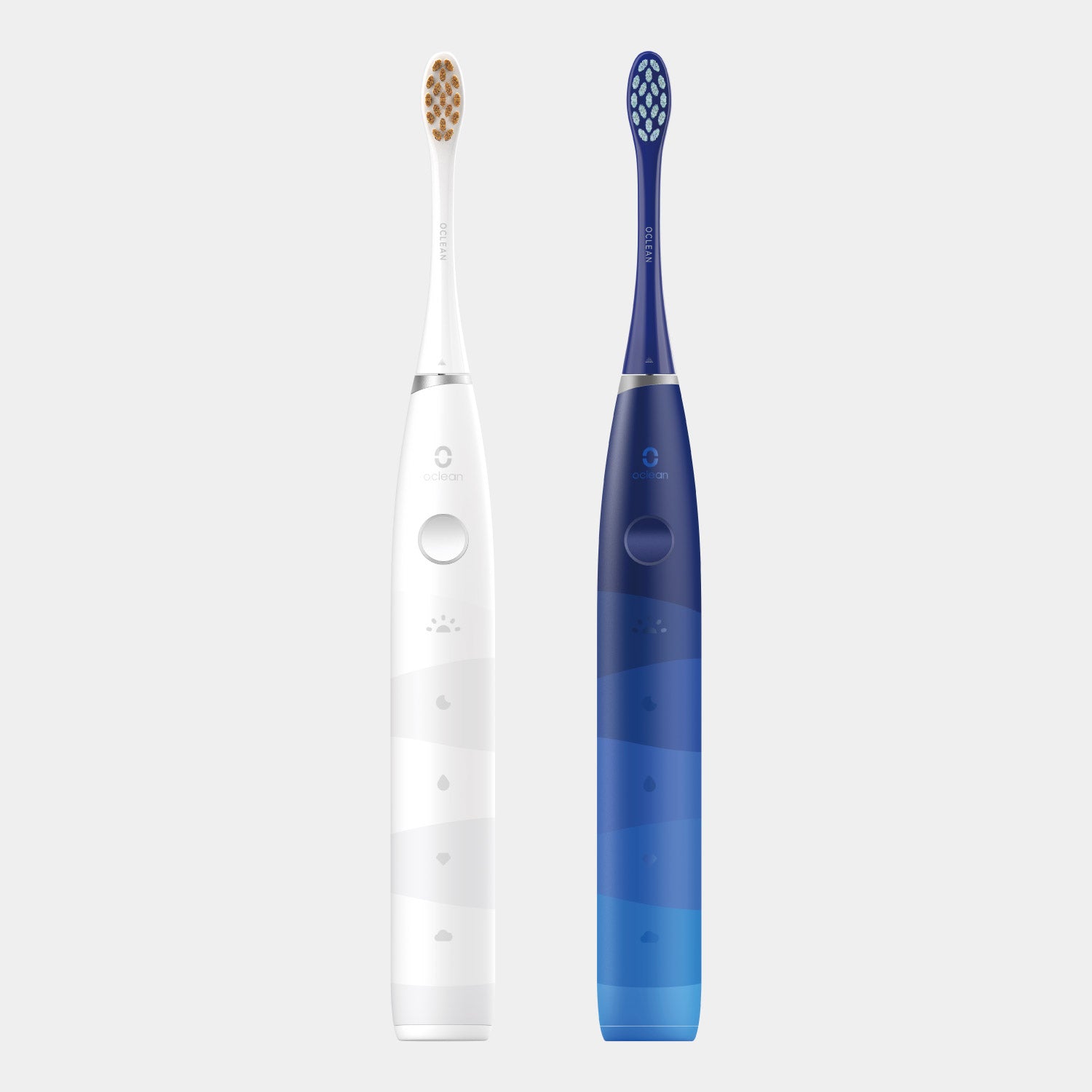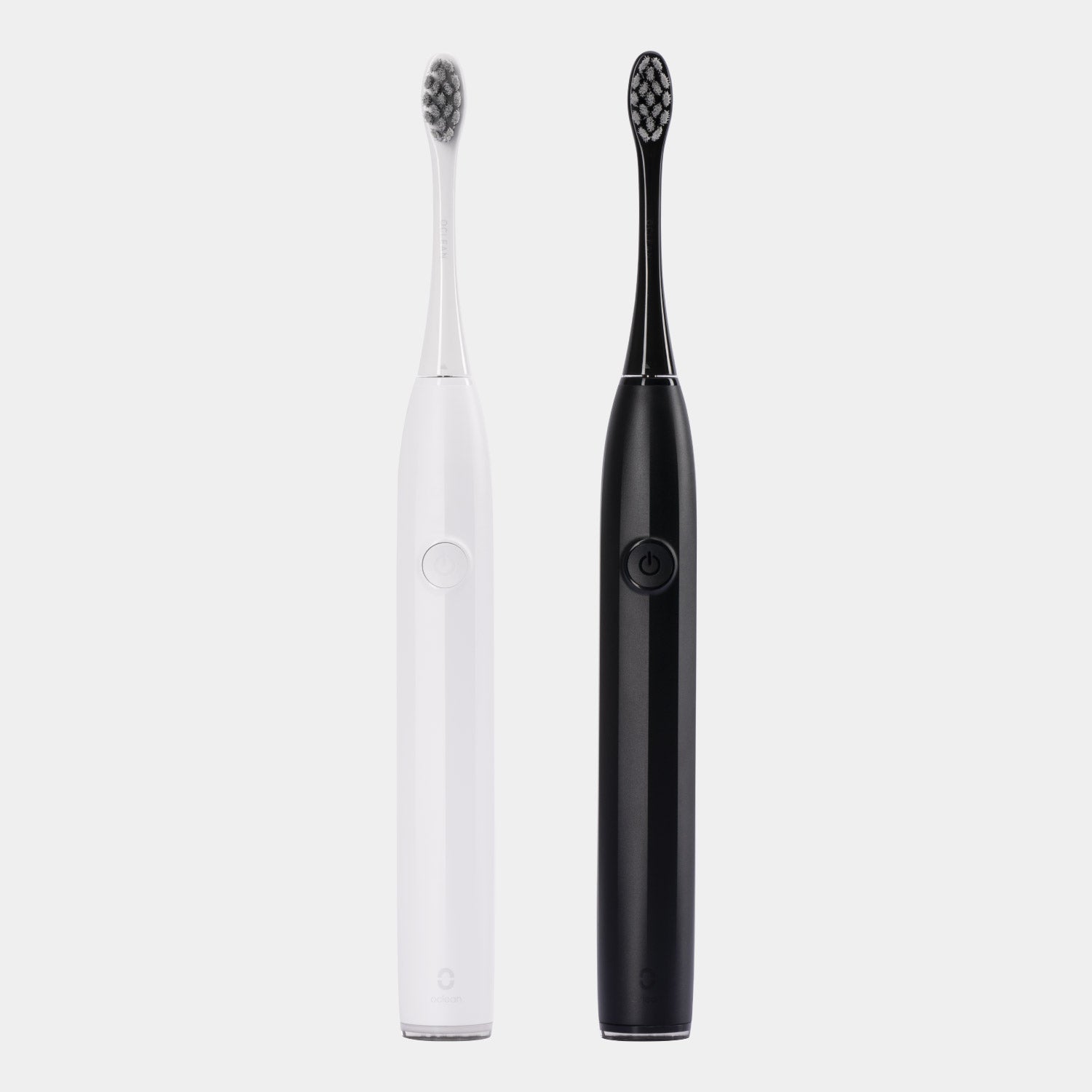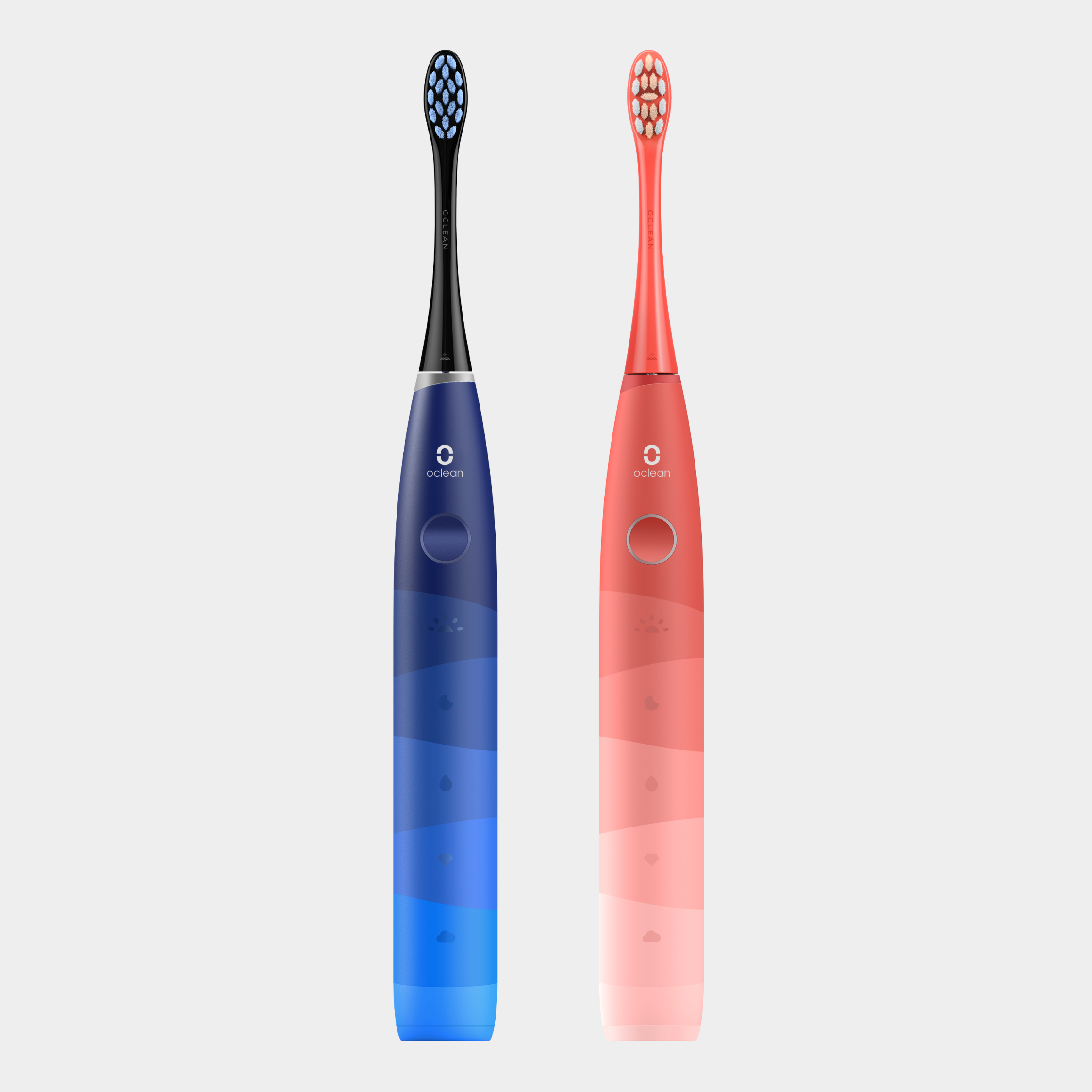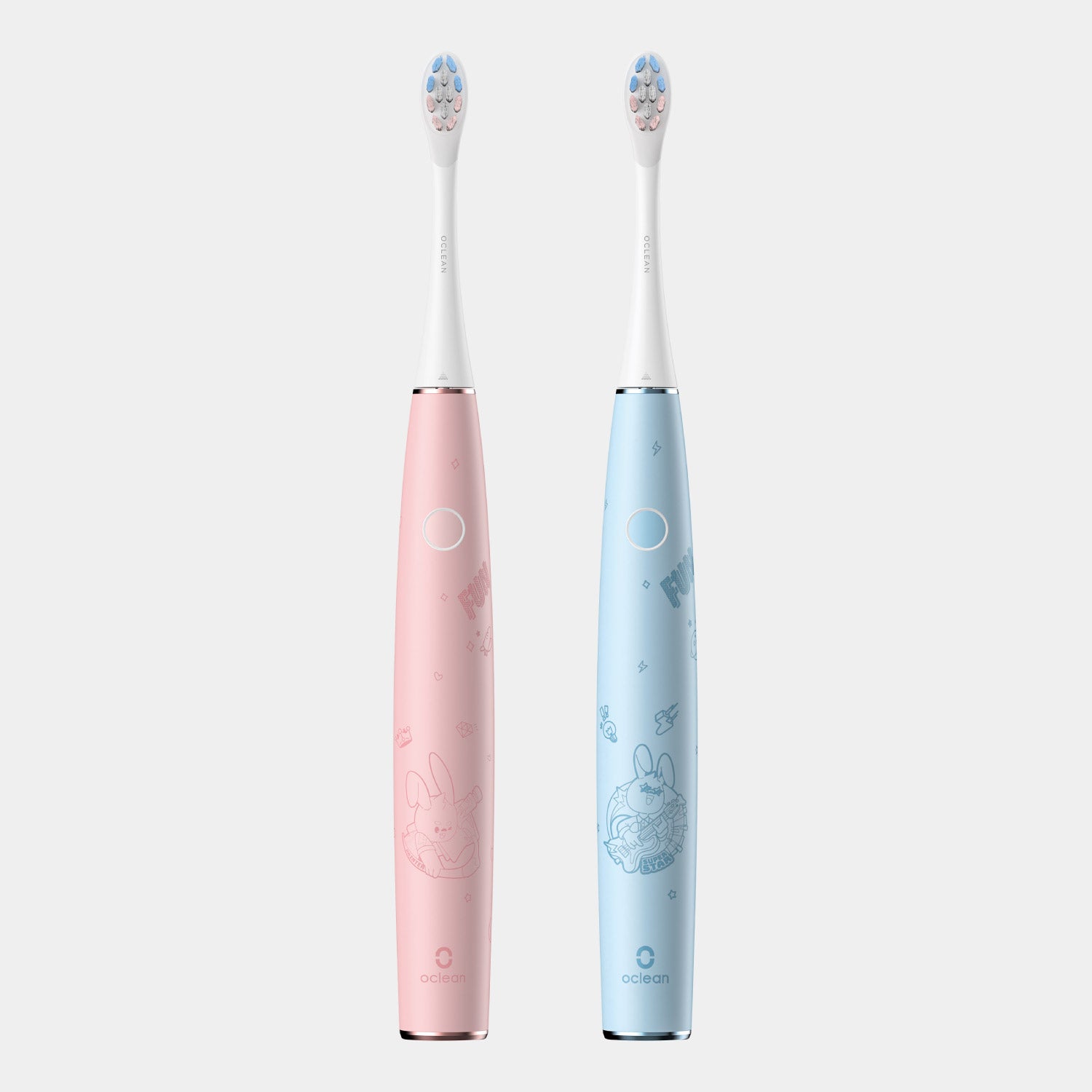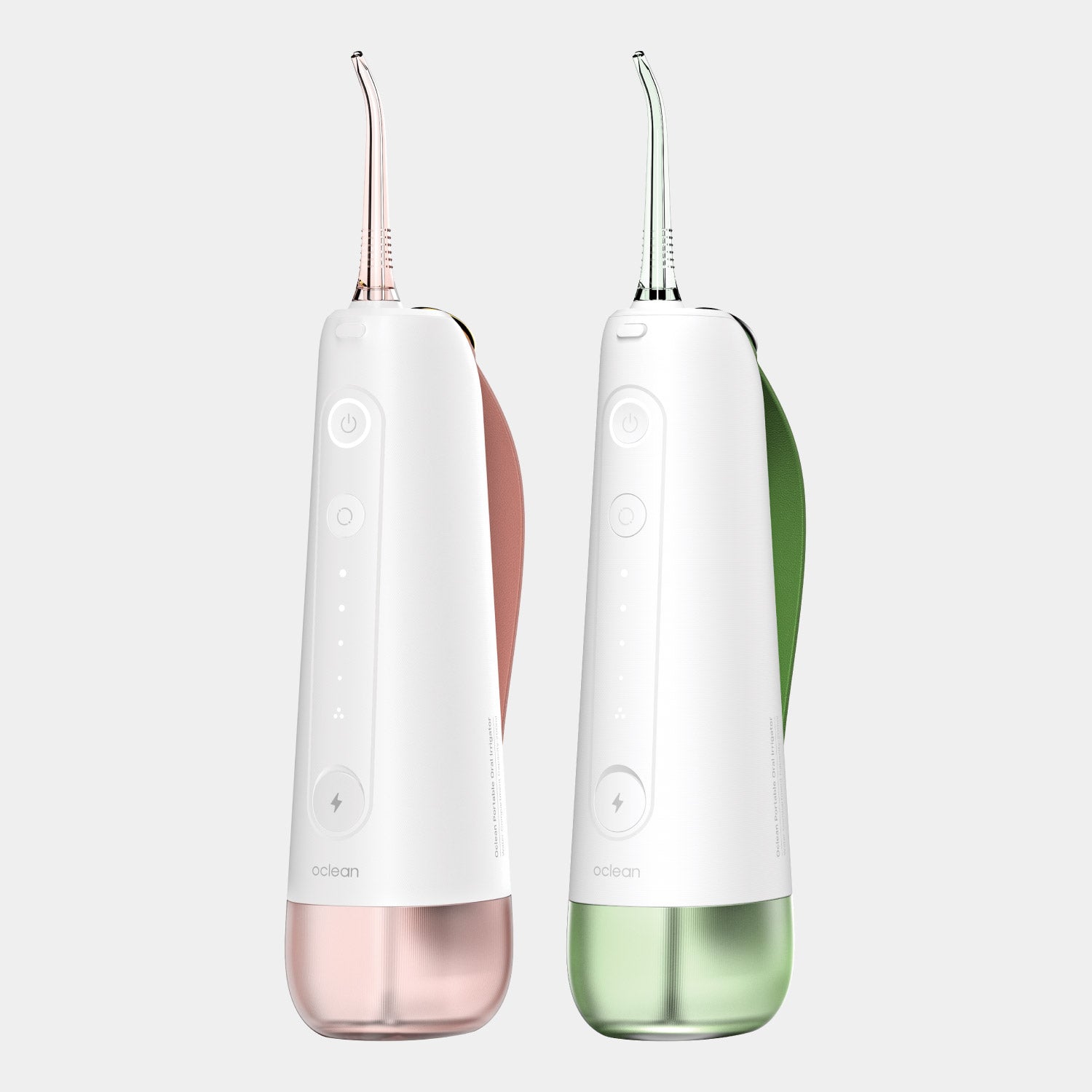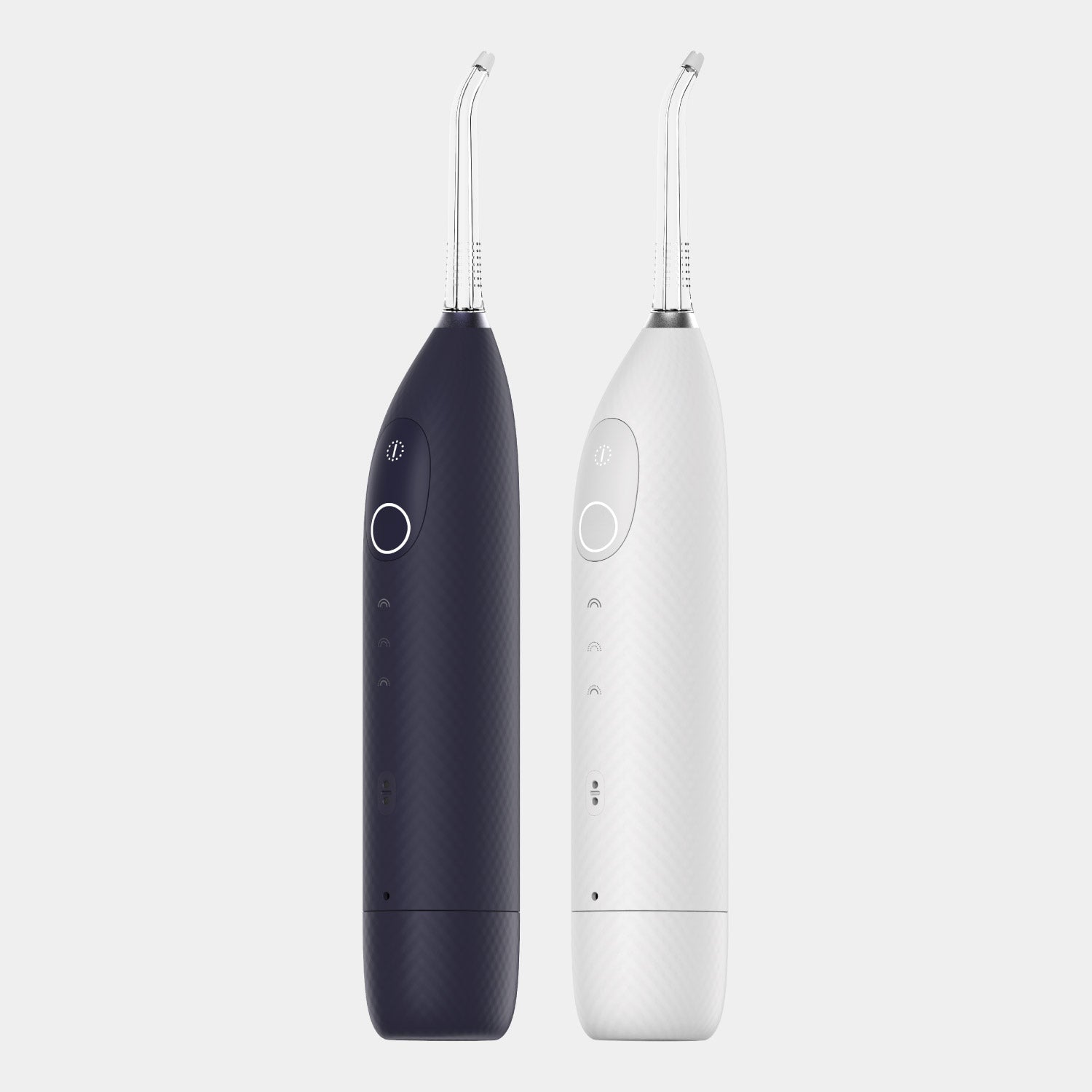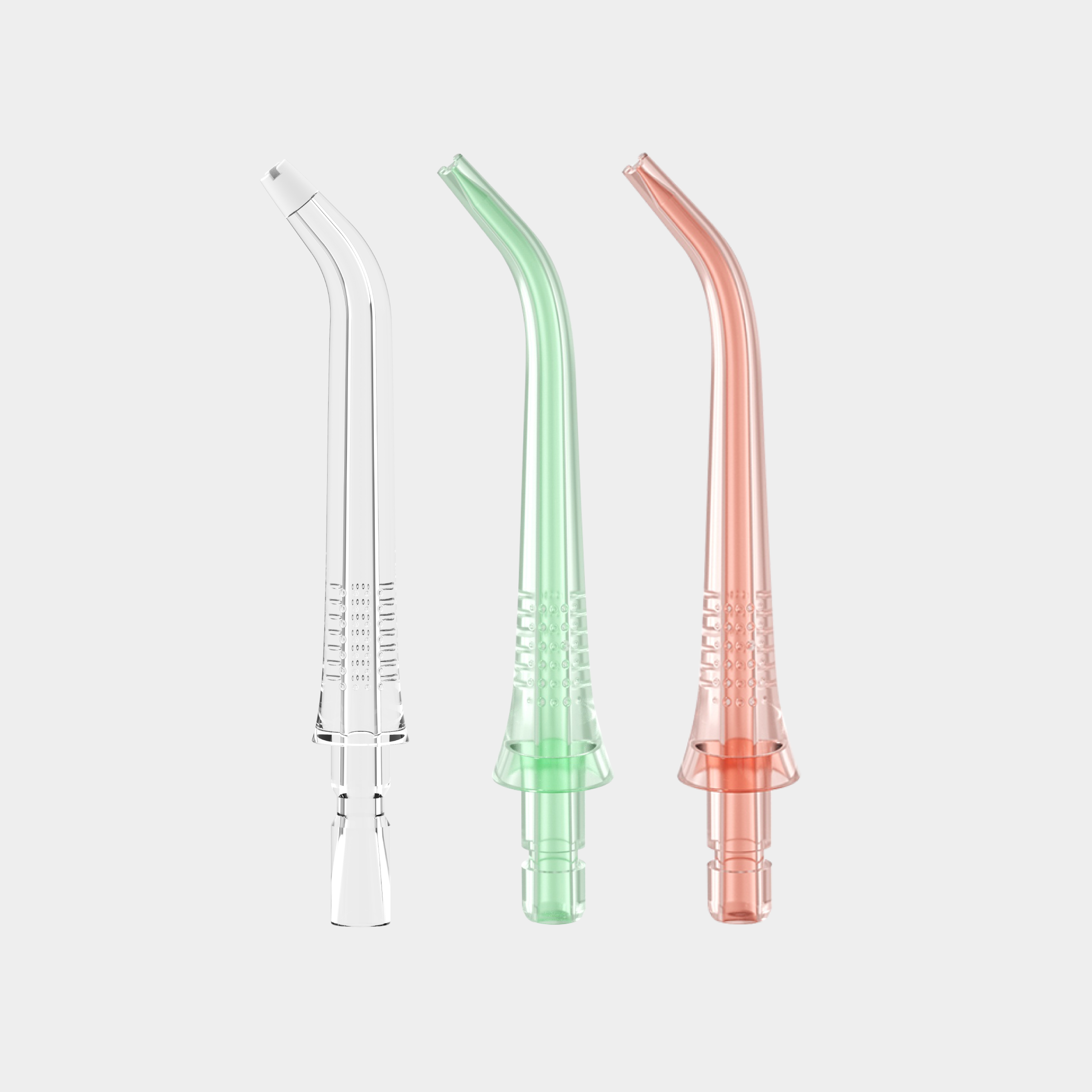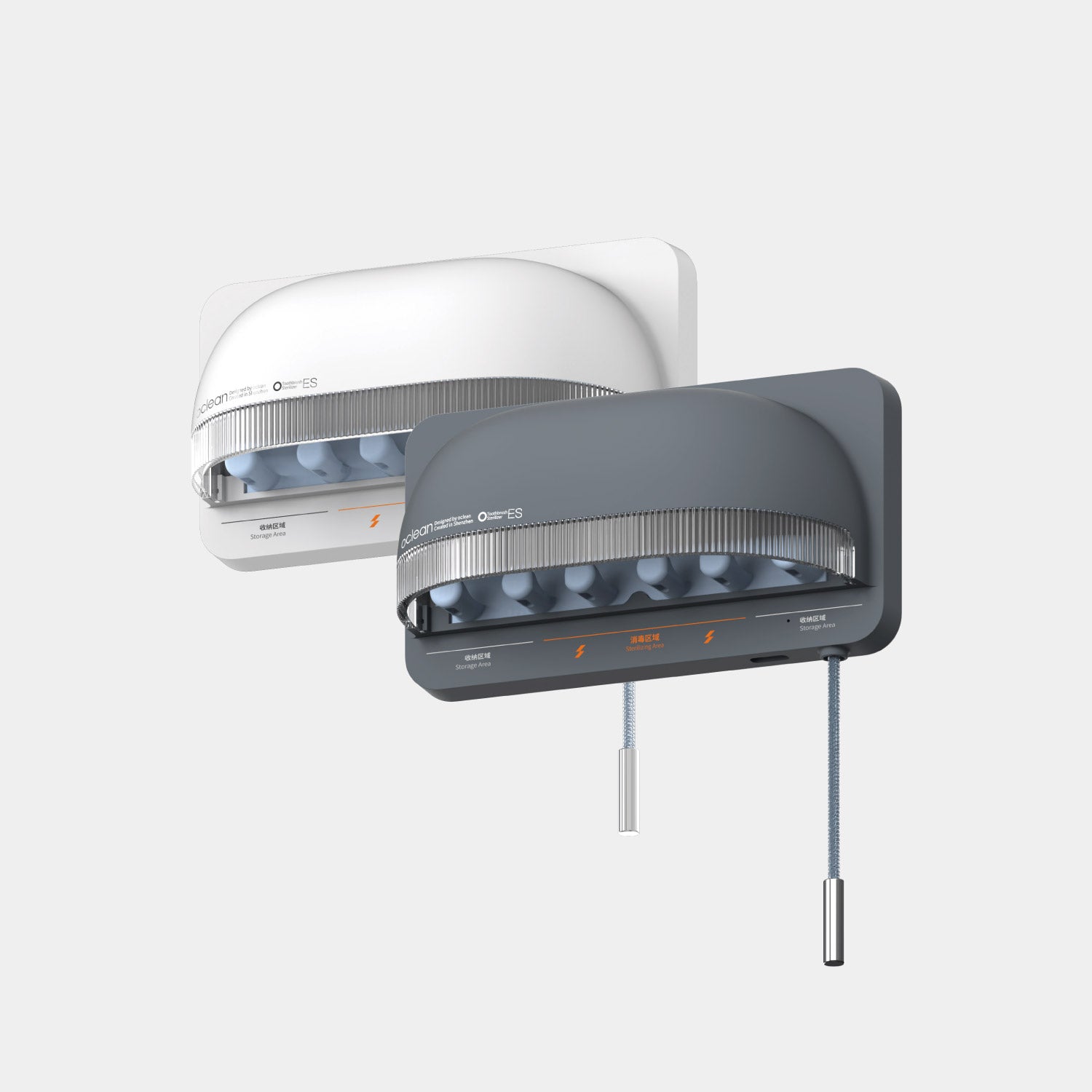Third molars or wisdom teeth appear in most people during their late teenage years and early adult phase. The presence of wisdom teeth creates various symptoms for different people, resulting in both removal and absence of the teeth. Numerous individuals wonder whether extracted wisdom teeth can grow back. Some individuals question whether human bodies can develop multiple than the four wisdom teeth that normally exist. We will analyze these questions extensively in this article and provide professional guidance on cleaning teeth with both sonic electric toothbrushes and water flossers after wisdom teeth removal.
The possibility of wisdom teeth returning after removal remains impossible because permanent teeth cannot regrow. Few people get another set of teeth at the spot of wisdom teeth and these teeth are called supernumerary teeth. According to research only 1-4% of human population have supernumerary teeth.

Myths and Facts About Wisdom Teeth
Myth 1: Wisdom Teeth Always Need to Be Removed
The process of removing wisdom teeth becomes necessary for only some patients. Wisdom teeth have the potential to stay if they are established properly without causing problems in their position.
Myth 2: Springing back into existence is not a natural ability of wisdom teeth after removal.
Myth 3: The belief that all people receive four wisdom teeth proves false.
Myth 4: The actual number of wisdom teeth varies among different people from four to below zero.
Myth 5: Only those within the young age bracket typically experience problems with their wisdom teeth.
Myth 6: The majority of wisdom teeth emerge within the age range of 17-25, but there exists a group of people who will experience their wisdom teeth erupting later in life.
Understanding Tooth Regrowth
A human mouth contains only two dental groups, which include baby teeth followed by adult teeth. Wisdom teeth belong to the permanent teeth range, so extraction makes them absent for good since their regrowth process becomes impossible. Following tooth extraction, the body’s tissues do not restore teeth because teeth lack regeneration ability, and their tooth buds fail to regenerate post-removal.
Some patients believe their wisdom teeth regrow after removal because of healing bone tissue and regenerating tissues or tiny remnants of old teeth showing through the extraction site. Rarely do individuals experience supernumerary teeth, which appear as additional wisdom teeth even though they did not show up on previous X-rays and thus might create the illusion of tooth regrowth.
The absence of wisdom teeth does not mean you should avoid following post-extraction care instructions because they help healing occur. The combination of a sonic electric toothbrush with a water flosser system allows patients to achieve good oral hygiene without disturbing the healing area. Consult a dentist immediately if you feel pain or notice strange growth in your mouth after extraction.

What Causes the Sensation of “Growing Back”?
People may feel that their removed wisdom teeth are returning after medical professionals have extracted them. Here’s why:
1. Some patients experience small remaining tooth parts following their wisdom tooth extraction. The remaining tooth fragments sometimes break through the gum tissue, thus imitating the feeling of regenerating wisdom teeth.
2. Second molar teeth can shift when patients get their wisdom teeth removed early, which creates sensations that backtrack to wisdom tooth regrowth.
3. The therapeutic bone healing after wisdom tooth extraction sometimes leads to evolving bone spurs or tissue alterations at the extraction site, which results in gentle pressure feelings.
4. Nerve Healing in the operating area follows tooth removal, thus producing sensations of tingling and pressure that individuals might mistakenly think are regrowing wisdom teeth.
5. The healing process of gums following wisdom tooth surgery results in scar tissue formation, which might cause the sensation of a new tooth like a returning wisdom tooth.
6. The phenomenon of Phantom Tooth Sensation is like phantom limb syndrome, where individuals can feel their extracted wisdom teeth through remaining sensations even after removal, which leads to beliefs regarding wisdom teeth regrowth.
7. A developing infection or a jawbone cyst at a wisdom tooth extraction site will result in swelling and discomfort, which a patient may mistake for their remaining wisdom teeth pushing back up.

The Role of Genetics in Wisdom Teeth Growth
The genetic composition of individuals determines exactly how many wisdom teeth will eventually grow inside their mouths. Human body patterns differ regarding wisdom tooth development. Some individuals never have wisdom teeth, while others may have more than one set. Human mouth shape and jaw structure evolved according to genetic differences, which cause people to experience various outcomes with their wisdom teeth.
An individual may develop more than four wisdom teeth
What Are Supernumerary Wisdom Teeth?
Human bodies typically grow four wisdom teeth that reside in the upper jaw and the lower jaw areas. The human body normally develops four wisdom teeth, but several people in the population have supernumerary teeth as an additional dental feature beyond the regular set.
Causes of Extra Wisdom Teeth
· Genetics – Some people inherit a tendency for extra teeth from their family.
· Hyperdontia appears only rarely when additional teeth develop due to genetic or developmental causes.
· Some cases of wisdom teeth show incomplete eruption, which results in extra molars.
Extra Wisdom Teeth Require Removal?
Supernumerary wisdom teeth should be extracted when they produce crowding along with pain or misalignment. The dentist will keep supernumerary wisdom teeth if they do not create any damage to oral health.
Best Practices for Oral Care After Wisdom Tooth Removal
A common dental procedure involving wisdom tooth extraction needs proper post-operative care for smooth healing and prevention of complications, including infections and dry sockets. The key goal in recovery is to practice oral hygiene without harming the surgical wound. The article demonstrates complete guidance regarding optimal oral care techniques for wisdom tooth recovery, together with essential oral care tools and practical healing suggestions.
1. A Sonic Electric Toothbrush serves as the best tool for gentle tooth cleaning
You need proper teeth cleaning following wisdom tooth removal, although the use of regular toothbrushes could potentially harm your healing area. The Oclean Sonic Electric Toothbrush, as an example of a sonic electric toothbrush, stands out as the best choice for oral hygiene maintenance during this period of sensitivity.

Benefits of a Sonic Electric Toothbrush
· Sonic toothbrushes clean the teeth while minimizing force by their high-frequency vibration function to protect the healing process.
· Patients can use toothbrushes equipped with ultra-soft bristles because their design effectively removes plaque but maintains gentleness toward sensitive areas.
· The Oclean Sonic Electric Toothbrush type, along with other models, includes special brushing modes that cater to patients with gum sensitivity and those healing after surgery.
How to Use a Sonic Electric Toothbrush Post-Extraction
· The first few days require you to stay away from touching the extraction area directly.
· The use of the minimal vibration setting helps to reduce any discomfort during toothbrushing.
· Gently focus on brushing front surfaces and those located opposite each other in the mouth.
· Regular replacement of your toothbrush head is essential to stop bacterial growth within the brush.

2. Users should employ a water flosser system to clean hard-to-reach regions of their teeth
The removal of wisdom teeth creates a challenging situation for the care of the affected area because of stitches or other healing elements. A water flosser functions well as a replacement for traditional string floss when gentleness is needed after dental extraction. Dental surgery patients find the Oclean Water Flosser to be their most useful recovery tool.
Why Use a Water Flosser?
· By using a water flosser, you can wash away food particles without risking irritation of healing tissue because its directed water stream is gentler than traditional floss.
· The extraction site stays protected from bacterial growth because maintaining cleanliness prevents possible infections that delay recovery time.
· The majority of contemporary water flossers include built-in pressure setting adjustments that let users achieve secure and comfortable dental cleaning.
How to Use a Water Flosser Safely Post-Extraction
· The water stream pressure should stay at its lowest setting while cleaning the blood clot zone.
· The first few days after extraction require the water flow to be aimed away from the extraction site.
· Rinsing with warm water along with a saltwater solution helps speed up the healing process after extraction.
3. Additional Post-Extraction Care Tips
Following correct post-extraction care along with appropriate cleaning tools usage will boost recovery progress while decreasing potential issues.
Avoid Smoking and Alcohol
The healing process typically slows down because smoking affects blood flow to the gums, and it creates additional danger for dry sockets to occur. The healing process becomes unstable due to alcohol use, which simultaneously results in surgical site irritation.

Rinse Gently with Saltwater
A warm salt water rinse serves multiple purposes: it helps with swelling reduction while supporting tissue healing and stopping possible infections.
Swish the mixture gently by saturating a half teaspoon of salt crystals in a cup of warm water, but abstain from forceful spitting.
Stick to a Soft Food Diet
At the start of the recovery process, choose foods that are soft, including:
· Eating yogurt delivers probiotics, which promote oral health success.
· The combination of mashed potatoes provides a simple eating method coupled with nutritive benefits.
· Taking smoothies offers vitamin benefits, yet using straws needs avoidance because they disrupt the protective blood clot.
· Scrambled eggs – Soft and protein-rich.
· Consuming lukewarm soups constitutes a safe option, but avoid exposing them to extremely hot temperatures because this can lead to discomfort.
· Progressive dietary changes should include soft foods and exclude spicy and hard substances and crunchy textures after proper healing has taken place.
Avoid Using Straws
The vacuum from using a straw to drink creates enough suction to displace blood clots, thus leading to the formation of a dry socket, which results in extreme pain together with delayed healing.

Control Swelling and Pain
Cold packs on the external cheek should be maintained for 15-minute periods under the initial 24-hour period to minimize swelling.
4. Signs of Complications – When to Call Your Dentist
The adoption of correct care guidelines minimizes complication risk, but patients must learn to spot signs that might indicate a developing issue.
Signs of Infection or Complications:
· Extreme pain develops into a worsening condition that lasts more than a few days after the initial improvement.
· Persistent bleeding beyond the first 24 hours.
· Rinsing your mouth with water does not relieve persistent bad breath or foul tastes that develop.
· Pus alongside swelling, which becomes progressively worse, demonstrates that the situation is not recovering properly.
· A fever with chills indicates that an infection may be present in your body.
How Long Does It Take for Extraction Sites to Heal?
Healing Timeline:
· First 24 Hours: Blood clot forms in the socket.
· 1-2 Weeks: Soft tissue heals; swelling decreases.
· 1-3 Months: Bone begins to regenerate and reshape.
· 6 Months - 1 Year: Complete bone healing.
Healing time will shorten when patients maintain clean oral hygiene while staying away from smoking items, alcohol, and difficult foods after their procedure.

Conclusion
People who have their third molars surgically extracted cannot regenerate wisdom teeth because they remain permanently removed from the mouth. However, some individuals develop multiple wisdom teeth because of genetic factors or hypodontia. The recovery process needs proper post-extraction care because this allows infections to be prevented while ensuring recovery remains smooth.
The combination of appropriate oral hygiene tools such as sonic electric toothbrushes and water flossers helps substantially to maintain oral health. People should schedule an appointment with a dentist whenever they notice additional wisdom teeth or display symptoms of complications from extraction.
You can achieve top-level post-extraction cleaning through the combination of Oclean Sonic Electric Toothbrush and Oclean Water Flosser.



